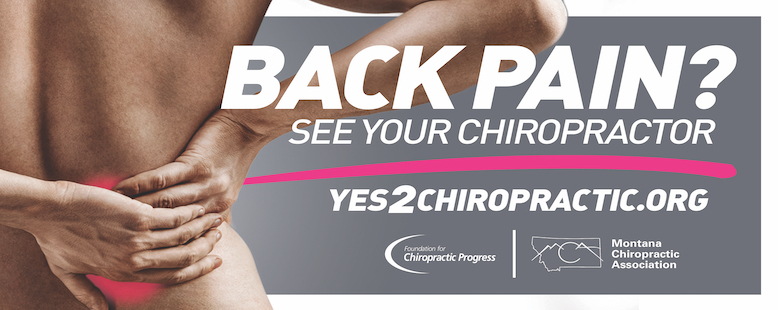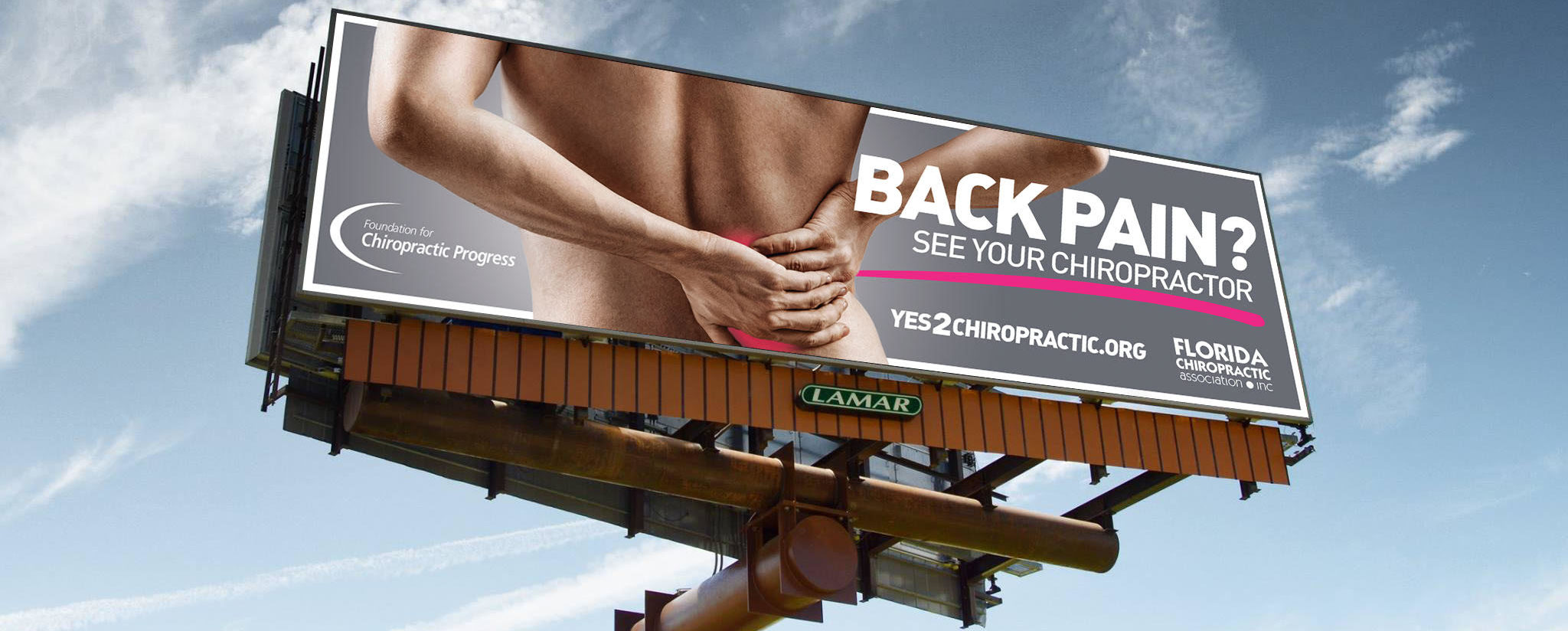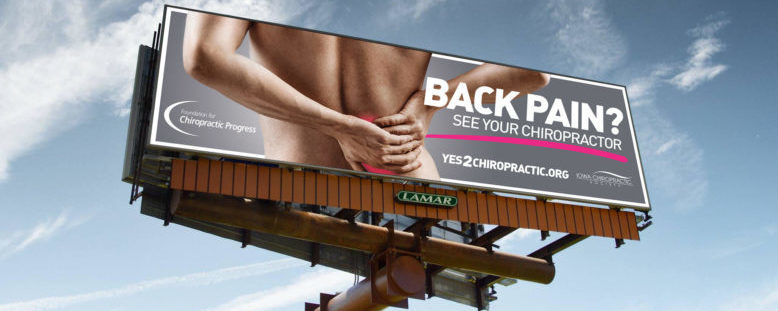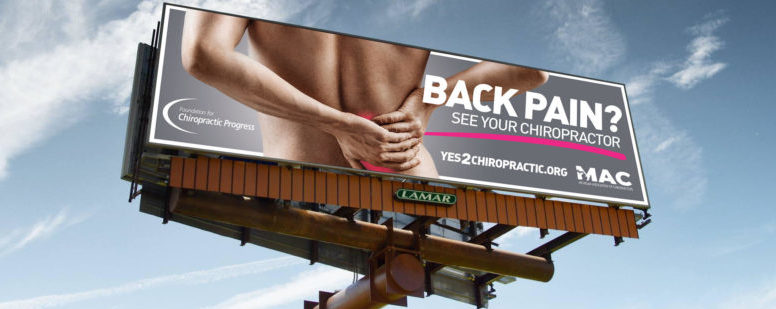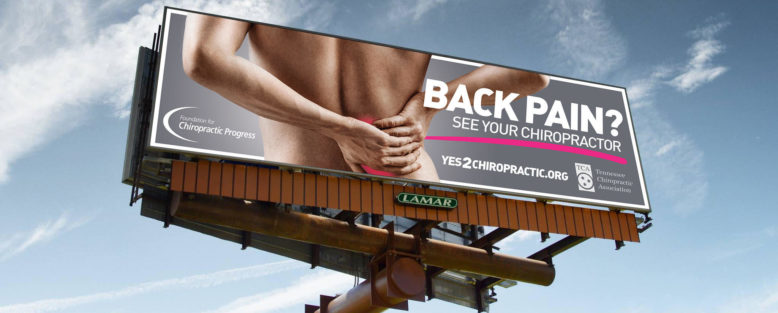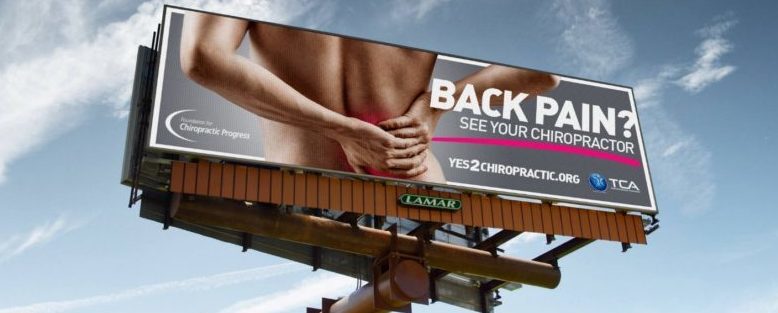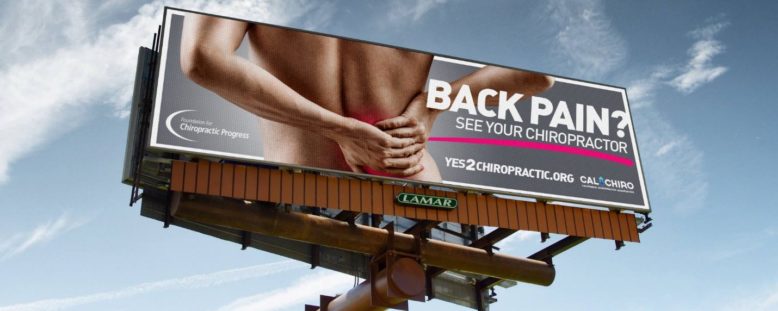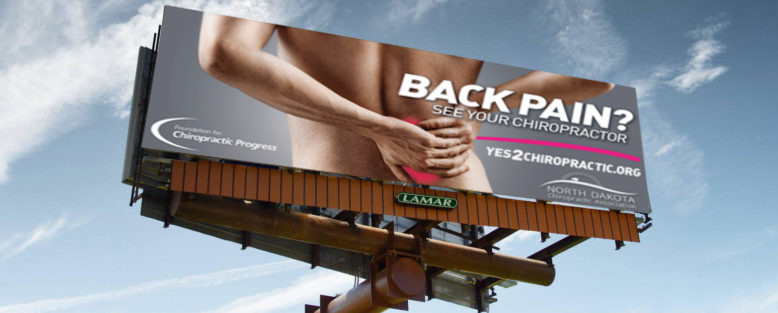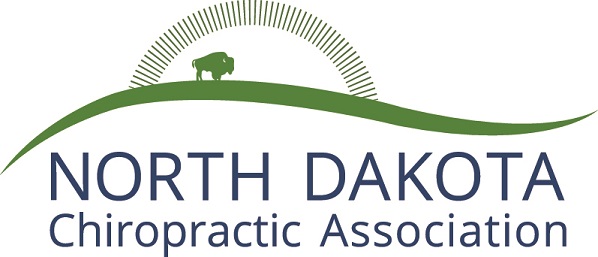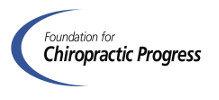On May 17, 2018, The American College of Obstetricians and Gynecologists’ (ACOG) Committee on Obstetric Practice released an important and timely committee opinion addressing postpartum pain management.
The advice of the ACOG Obstetrics Practice Committee is consistent with federal guidelines and recommendations seeking to increase the use of non-pharmacologic approaches to pain management and a minimization and elimination of the use of opioid containing products whenever possible, according the Foundation for Chiropractic Progress (F4CP).
“Pain and fatigue are the most common problems reported by women in the early postpartum period. Pain can interfere with a woman’s ability to care for herself and her infant,” notes the nation’s OBGYN community. In addition to interfering with the ability of a mother to care for her child, the use of opioids puts infants at risk. In April 2017, the U.S. Food and Drug Administration (FDA) announced labeling revisions advising “breastfeeding is not recommended while using medicines that contain codeine or tramadol because of the potential for serious adverse effects in the infant due to opioid overdose.”
ACOG carefully explores the impact of non-steroidal anti-inflammatory medications (NSAIDS) and codeine (opioid) containing products. Unfortunately, the ACOG opinion statement does not offer any guidance to obstetricians or mothers about available non-pharmacologic approaches to pain management.
For advice and recommendations relative to the non-pharmacologic management of postpartum pain, the Foundation for Chiropractic Progress consulted the clinicians involved in a ground-breaking interprofessional collaboration involving Life University’s Vital Life Health Center (VLHC) and Atlanta Birth Center (ABC) located in downtown/midtown, Atlanta, Georgia.
“As a chiropractor at the Vital Life Health Center I collaborate daily with the midwives and staff of Atlanta Birth Center providing chiropractic care throughout the pregnancy of many ABC clients,” comments Bryna Waters, D.C. “The most gratifying clinical opportunity for me is to adjust a mom-to-be, and see her go onto complete a normal delivery much faster than her progress had been up to that point.”
“Chiropractic is helpful at all stages of a pregnancy. It accrues to a safe and typically expedited labor and delivery,” according to Dr. Waters. The relationship is equally exciting from the perspective of the midwives responsible for the management of the pregnancy, labor and birth process at Atlanta Birth Center. “It is clear to us that our moms and babies benefit from chiropractic care in pregnancy, birth and postpartum. We have seen shorter, easier labor periods, less pushing times, overall increased likelihood of vaginal births and more successfully established breastfeeding relationships when they have the advantage of chiropractic care,” notes ABC Director and midwife, Anjli Hinman.
The interaction and cooperation involving chiropractic care and midwifery care does not stop at the birth of the newborn as chiropractic care is an essential part of the postpartum period for many clients of Atlanta Birth Center. Ms. Hinman stated, “We agree with ACOG that pain and fatigue are amongst the most common problems reported by women in the early postpartum period for many new mothers. We work with our chiropractic colleagues, massage therapists, physical therapists, cranio-sacral therapists, lactation consultants, maternal mental health therapists and our naturopathic care provider to bring as many resources, skills and clinical interventions as possible to our mothers and newborns to avoid the use of medications whenever and wherever possible. It is an approach we find our clients are looking for and interventions that work.”
“If more mothers had access to the range of care services we are able to provide our patients at the Vital Life Health Center and Atlanta Birth Center, the childbirth process (and developmental stages following) would be easier, safer, cheaper and more satisfying for everyone involved,” Dr. Waters offered.
Vital Life Health Center is an Atlanta-based, Life University affiliated collaboration providing chiropractic, functional neurology, and personal injury care. The Vital Life Health Center is a specialty clinic bringing unique assessment competencies and clinical skills together in a patient-centered neurologically-focused care environment.
Atlanta Birth Center is based on the birth center model of care, we believe pregnancy and birth are normal life events and should be women-centered. This model includes prenatal care, mind, body, spirit and social well-being, postpartum support, and much more to women in the Atlanta metro area. This birth center model of care cannot be duplicated by a local area hospital. We invite you to use our community of providers to learn more about the importance of a birth center care.
Foundation for Chiropractic Progress is a not-for-profit organization, providing information and education regarding the value of chiropractic care and its role in drug-free pain management. Visit www.f4cp.com; call 866-901-F4CP (3427). Social media: Facebook, Twitter, LinkedIn, Pinterest, YouTube.


